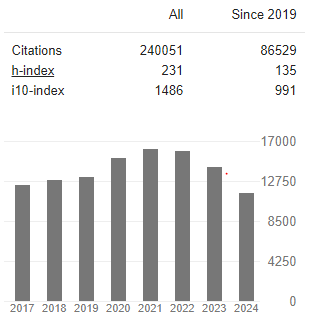Clinicopathological and Incidence Analysis of Malignant Salivary Gland Tumours: A 16-year Retrospective Study in the North of Portugal
Abstract
Pedro Barreiros
Objectives: A) Evaluate the clinical-pathological characteristics of malignant neoplasms of salivary glands: A.1) Quantify the numbers of which tumor subtype. A.2) Gender, age and the type of salivary gland influence tumor behavior? A.3) Describe 16 years of evolution in a target portuguese population. B) What are the treatments chosen in which subtype? C) What is the prognosis? And what can influence the prognosis?
Study Design: A 16-year retrospective study of 138 patients with salivary gland tumors from 2000 to 2016 in the Anatomical Pathology Department of Centro Hospitalar do Porto, Hospital Geral de Santo António. The histological diagnoses - according to the 2017 World Health Organization classification.
Results: In the present study, we revised all the cases of salivary gland pathology from 396 cases. A total of 138 tumors were identified in 91 male and 47 female patients. The mean age was 58 years. The frequency of major salivary gland tumors was 56.3%, and that of minor salivary gland tumors was 43.7%. Mucoepidermoid carcinoma was the most common malignant tumor.
Conclusions: Knowledge of the different clinic characteristics is important and essential to a better prognosis and in many cases a reduction of the mortality.



